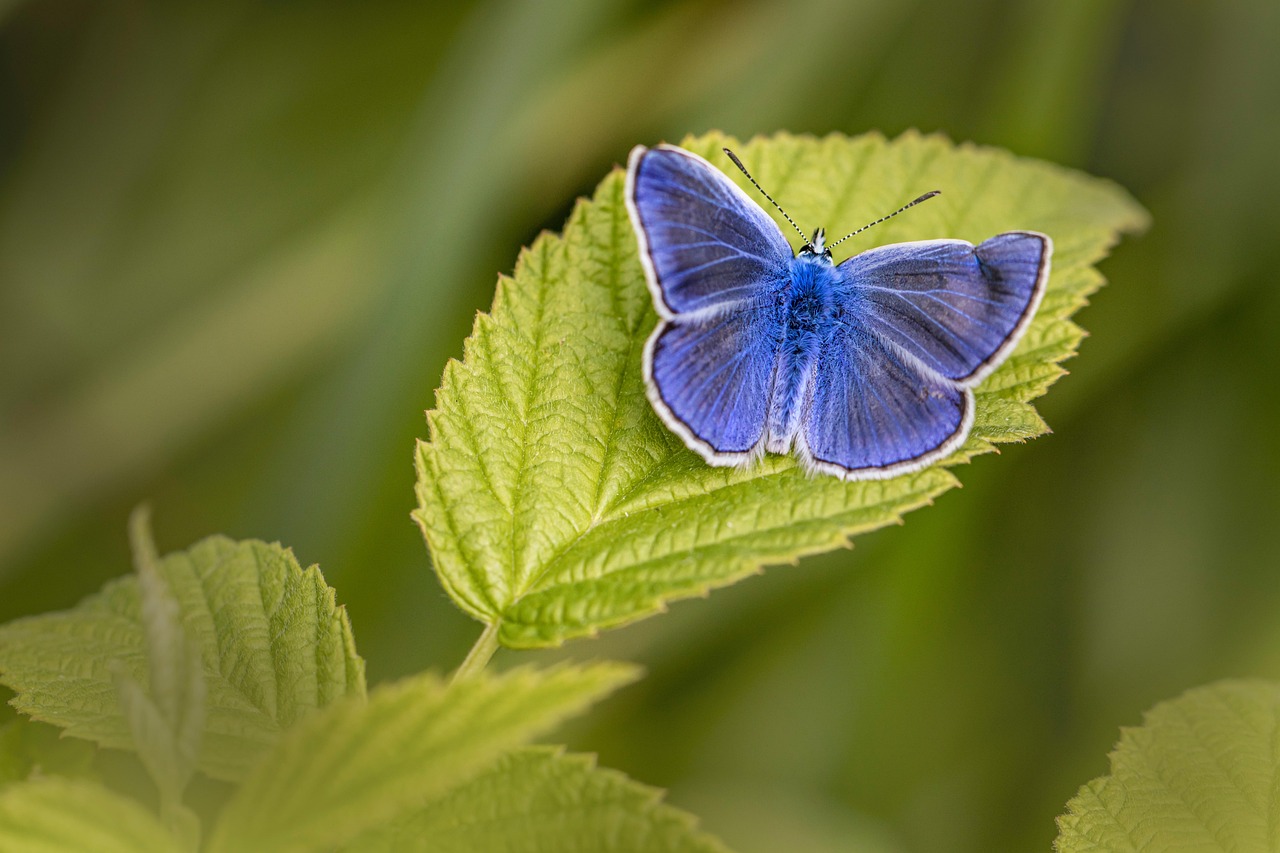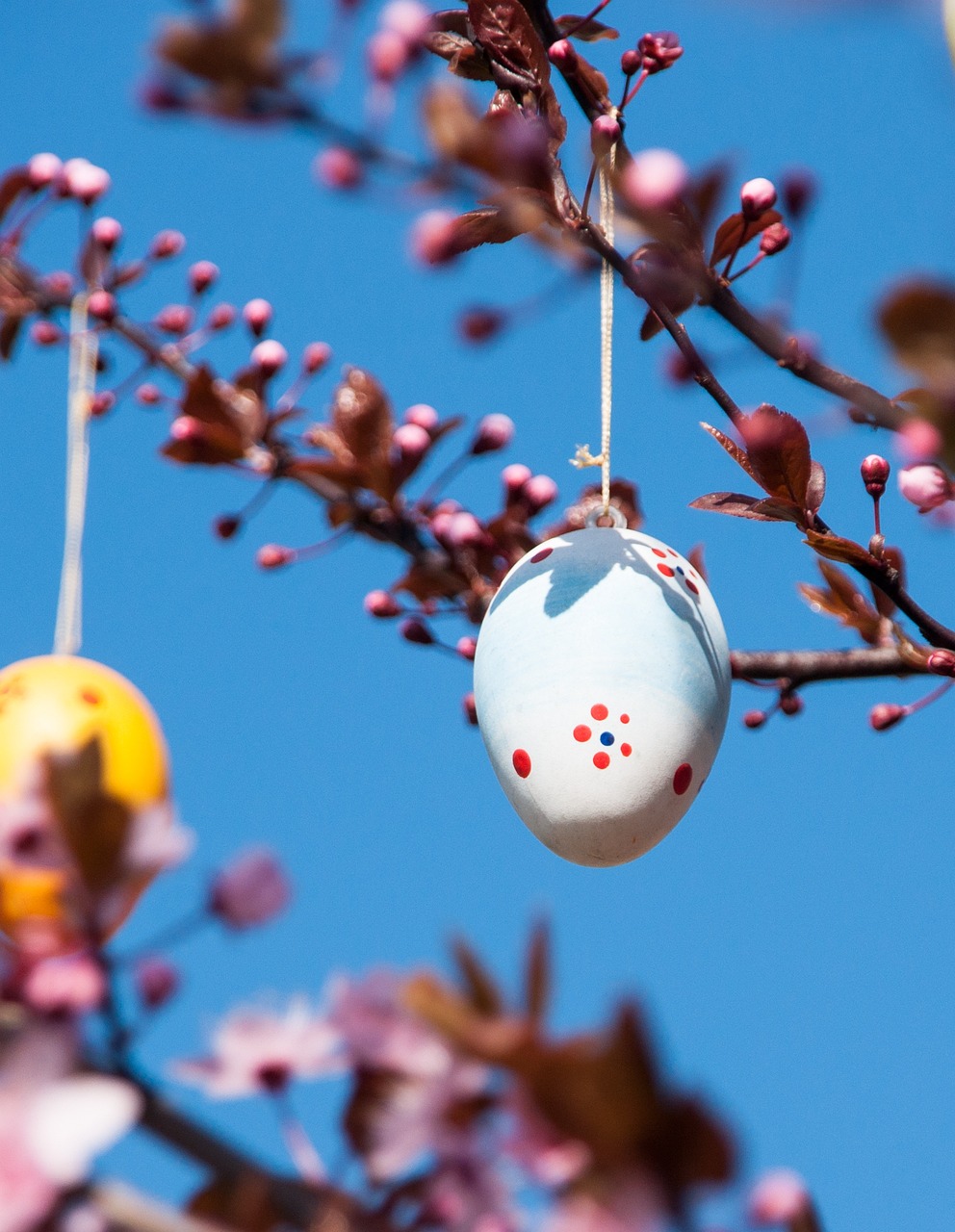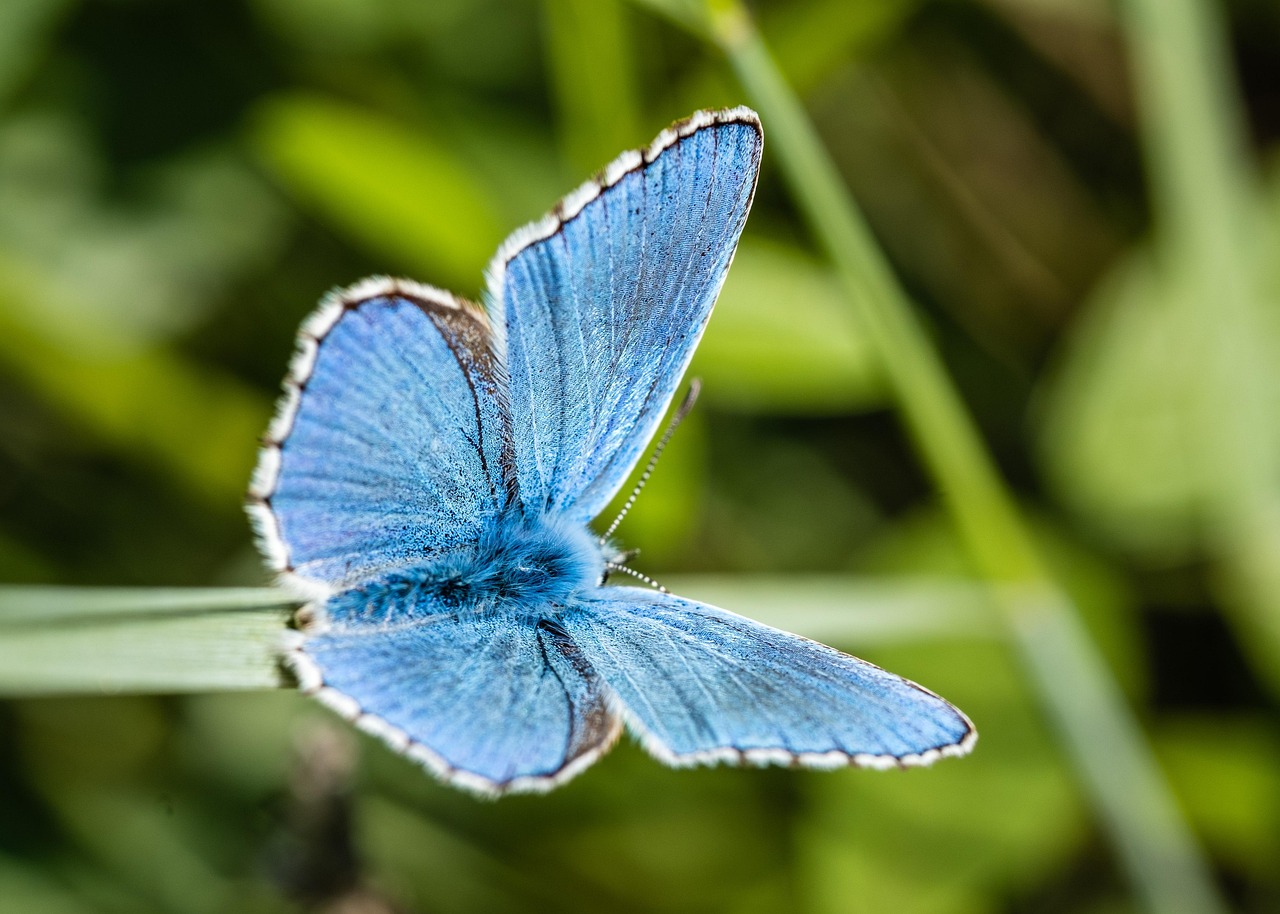The Karner Blue Butterfly typically produces around 100 to 300 eggs per female during a single breeding season. The timing of egg production usually occurs in late spring to early summer, aligning with the lifecycle of its host plant, the wild lupine.
Understanding the Karner Blue Butterfly’s Lifecycle

The Karner Blue Butterfly (Plebejus melissa samuelis) is a striking species native to North America. It is well-known for its vibrant blue wings and its unique ecological requirements. The lifecycle of the Karner Blue Butterfly is closely tied to specific environmental conditions and the availability of its host plant, the wild lupine.
This butterfly species has a delicate and complex reproductive cycle. Understanding the egg production numbers and timing is essential for conservation efforts aimed at preserving this endangered species. The timing of their reproductive activities is critical, as it directly affects the survival rates of larvae and, ultimately, the population dynamics of the species.
Egg Production Numbers
Female Karner Blue Butterflies are capable of laying a significant number of eggs throughout their breeding season. On average, a single female can produce between 100 and 300 eggs. This range can vary depending on several factors that influence reproductive success, including environmental conditions and food availability.
The egg-laying process typically takes place shortly after mating. Females prefer to lay their eggs on or near the host plants, primarily wild lupine, which serves as the primary food source for the larvae once they hatch.
Factors Influencing Egg Production
Several factors can impact the number of eggs a female can produce:
- Environmental Conditions: Weather patterns such as temperature and rainfall can significantly influence egg-laying behavior.
- Food Availability: The presence of healthy wild lupine populations is crucial for successful reproduction.
- Health of Mothers: The overall health and nutrition of the female butterfly can affect her reproductive output.
Timing of Egg Production
The timing of egg production is equally important to understand. Typically, Karner Blue Butterflies emerge from their pupal stage in late spring. Mating occurs shortly after emergence, leading to egg-laying that generally happens in June. This period is essential as it coincides with optimal conditions for the growth of wild lupine, ensuring that larvae have enough food once they hatch.
The eggs are small, round, and pale in color, making them somewhat challenging to spot against the backdrop of their host plants. They usually take about 5 to 10 days to hatch, depending on temperature and humidity levels. After hatching, the caterpillars will begin feeding on wild lupine leaves immediately.
Egg Development Stages
The development stages of Karner Blue Butterfly eggs can be summarized as follows:
| Stage | Duration | Description |
|---|---|---|
| Egg Stage | 5-10 days | Eggs laid on host plants, developing into caterpillars. |
| Caterpillar Stage | 2-4 weeks | Caterpillars feed on lupine leaves and grow rapidly. |
| Pupal Stage | 1-2 weeks | Caterpillars form chrysalises and undergo metamorphosis. |
This cyclical pattern highlights the dependency of the Karner Blue Butterfly on specific environmental cues and host plant availability for successful reproduction and survival. Understanding these dynamics is essential for conservationists working to protect this rare butterfly.
Habitat Requirements for Egg Laying
The habitat of the Karner Blue Butterfly plays a crucial role in its egg production and overall lifecycle. These butterflies thrive in specific environments that support their reproductive needs. Understanding these habitat requirements is vital for conservation efforts aimed at protecting this species.
Preferred Habitats
Karner Blue Butterflies prefer open, sunny areas where wild lupine grows abundantly. Their typical habitats include:
- Prairies: These are characterized by grasslands with scattered wildflowers that provide an ideal setting for the butterflies and their larvae.
- Sand Dunes: Natural sand dunes often support wild lupine populations and other flora essential for the butterfly’s survival.
- Roadside Edges: Areas along roadsides can serve as suitable habitats due to the presence of wild lupine and sunlight exposure.
- Invasive Species Management Zones: Effective management practices that reduce invasive species can enhance the growth of native plants, including wild lupine.
In these habitats, the availability of wild lupine is critical. Without sufficient host plants, the butterfly cannot reproduce successfully. Conservation efforts often focus on maintaining and restoring these environments to ensure sustainable populations of the Karner Blue Butterfly.
The Role of Wild Lupine in Reproduction
Wild lupine (Lupinus perennis) is not only the primary food source for Karner Blue Butterfly larvae but also serves as a crucial element in their reproductive cycle. The relationship between the butterfly and this plant is symbiotic and highly specialized.
Characteristics of Wild Lupine
Wild lupine is a perennial plant that provides essential nutrients for caterpillars. Its characteristics include:
- High Nutritional Value: The leaves of wild lupine are rich in protein and other nutrients necessary for caterpillar growth.
- Flowering Period: Wild lupine blooms in late spring, coinciding perfectly with the egg-laying period of the butterfly.
- Habitat Formation: The plant thrives in sandy soils, which are common in the butterfly’s preferred habitats, offering a suitable environment for both species.
This close relationship means that any threat to wild lupine populations directly impacts Karner Blue Butterflies. Therefore, conserving wild lupine is essential for maintaining healthy butterfly populations.
Environmental Threats to Egg Production
Several environmental factors can threaten the egg production and survival rates of the Karner Blue Butterfly. These threats can arise from both natural and human-induced changes.
Key Threats
Some of the primary threats to this species include:
- Habitat Loss: Urban development and agricultural expansion can lead to significant habitat destruction, reducing available areas for butterflies and wild lupine.
- Pesticide Use: The application of pesticides can harm not only adult butterflies but also their eggs and larvae, leading to population declines.
- Climate Change: Changes in temperature and precipitation patterns can affect the growth cycles of wild lupine, impacting the availability of food for caterpillars.
- Invasive Species: Non-native plants can outcompete wild lupine, diminishing its availability and disrupting the ecosystem balance needed for Karner Blue Butterflies.
Each of these threats underscores the importance of targeted conservation strategies that aim to protect both the butterflies and their habitats. Monitoring populations and their environments can help identify emerging threats and mitigate their impacts effectively.
Conservation Strategies
Efforts to conserve the Karner Blue Butterfly are multifaceted, focusing on habitat restoration, public awareness, and research initiatives. These strategies aim to create sustainable environments for both the butterfly and its host plants.
Effective Conservation Approaches
Some successful conservation strategies include:
- Habitat Restoration: Rehabilitating degraded areas to support wild lupine growth can enhance local butterfly populations.
- Public Education: Raising awareness about the importance of Karner Blue Butterflies and their habitats encourages community involvement in conservation efforts.
- Research Initiatives: Ongoing research helps track population dynamics and environmental changes affecting the species, allowing for adaptive management strategies.
- Monitoring Programs: Implementing monitoring programs to assess butterfly populations and habitat conditions enables proactive conservation measures.
Through these combined efforts, stakeholders can work toward ensuring the long-term survival of the Karner Blue Butterfly and its critical habitats. Such collaborative approaches are essential for addressing the challenges facing this iconic species.

Monitoring Karner Blue Butterfly Populations

Effective monitoring of the Karner Blue Butterfly populations is crucial for understanding their reproductive success and overall health. Regular assessments allow conservationists to track changes in population numbers, egg production, and the impact of environmental factors on their lifecycle.
Methods of Monitoring
Various methods are utilized to monitor Karner Blue Butterfly populations. These methods provide insights into their behavior, reproduction, and habitat conditions:
- Field Surveys: Trained personnel conduct field surveys during peak flight periods to count adult butterflies and assess their distribution across habitats.
- Egg Counts: Researchers can estimate potential populations by counting the eggs laid on host plants, providing data on reproductive success.
- Caterpillar Sampling: Collecting and assessing caterpillar populations helps to evaluate the survival rate from egg to larval stage.
- Habitat Assessments: Evaluating the health of the habitat, including the availability of host plants like wild lupine, informs conservation strategies.
Each of these methods contributes valuable information to understand the dynamics of Karner Blue Butterfly populations. By employing a combination of these techniques, researchers can gain a comprehensive view of the species’ status and the effectiveness of conservation efforts.
The Importance of Genetic Diversity
Genetic diversity plays a vital role in the resilience and adaptability of the Karner Blue Butterfly populations. High genetic variability can enhance the ability of species to adapt to changing environments and resist diseases.
Factors Affecting Genetic Diversity
Several factors may influence genetic diversity within Karner Blue Butterfly populations:
- Population Size: Smaller populations tend to have reduced genetic variability, making them more vulnerable to extinction.
- Habitat Fragmentation: Isolated habitats can limit gene flow between populations, leading to inbreeding and decreased genetic diversity.
- Environmental Changes: Rapid changes in climate or habitat can impose selective pressures that affect which genetic traits are favored.
Conservation strategies aimed at maintaining or enhancing genetic diversity are essential for the long-term viability of Karner Blue Butterflies. Efforts may include habitat connectivity projects to facilitate movement between isolated populations.
Research Initiatives in Conservation
Research initiatives play a significant role in informing conservation strategies for the Karner Blue Butterfly. Various studies aim to understand their biology, ecology, and interactions with the environment.
Key Areas of Research
Ongoing research encompasses several crucial areas:
- Lifecycle Studies: Investigating the complete lifecycle of the butterfly helps identify critical stages that require conservation attention.
- Habitat Preferences: Understanding which specific habitats support the highest population densities informs restoration efforts.
- Pest Management: Researching the effects of pesticides on butterfly populations aids in developing guidelines for safe land management practices.
- Climate Impact Studies: Analyzing how climate change affects habitat conditions and butterfly behavior provides insights for future conservation planning.
These research initiatives not only enhance knowledge about Karner Blue Butterflies but also promote evidence-based approaches to their conservation. Collaborations between scientists, land managers, and conservation organizations are pivotal in implementing effective strategies.
Community Involvement in Conservation Efforts

Community involvement is essential for the successful conservation of the Karner Blue Butterfly. Engaging local communities fosters a sense of stewardship and responsibility toward protecting this unique species and its habitat.
Ways to Encourage Community Participation
There are several effective ways to involve communities in conservation efforts:
- Educational Programs: Organizing workshops and informational sessions can help raise awareness about the importance of the Karner Blue Butterfly and its habitat.
- Volunteer Opportunities: Providing opportunities for community members to participate in habitat restoration or monitoring activities encourages hands-on involvement.
- Citizen Science Projects: Initiatives that invite community members to assist with data collection can enhance monitoring efforts while involving them directly in conservation.
- Partnerships with Local Organizations: Collaborating with schools, nature centers, and local groups can amplify conservation messages and foster community engagement.
By leveraging community resources and knowledge, conservationists can create a more robust network of support for Karner Blue Butterfly preservation. Engaging local stakeholders ensures that efforts are culturally relevant and sustainable over the long term.
Challenges in Conservation Efforts
Despite the ongoing efforts to conserve the Karner Blue Butterfly, several challenges persist that complicate these initiatives. Identifying and addressing these challenges is crucial for improving conservation outcomes.
Key Challenges
Some primary challenges faced in conserving the Karner Blue Butterfly include:
- Funding Limitations: Many conservation projects rely on grants and donations, which can be unpredictable. Limited funding restricts the scope and scale of necessary conservation activities.
- Public Awareness: Many people are unaware of the Karner Blue Butterfly’s plight. Increased public knowledge is essential for garnering support and encouraging participation in conservation efforts.
- Regulatory Hurdles: Navigating complex regulations related to land use and species protection can slow down or complicate conservation initiatives.
- Climate Variability: Rapid changes in climate can alter habitats unexpectedly, challenging the adaptability of both the butterfly and its host plants.
Overcoming these challenges requires coordinated efforts among various stakeholders, including government agencies, non-profit organizations, scientists, and local communities. Collaborative strategies that prioritize funding, education, and regulatory support will be key to successful conservation.
Research Gaps and Future Directions
While significant progress has been made in understanding the biology and ecology of the Karner Blue Butterfly, research gaps still exist. Addressing these gaps is essential for informing future conservation strategies.
Areas for Further Research
Future research initiatives could focus on:
- Population Genetics: Studying the genetic diversity within and between populations can provide insights into resilience and adaptability in changing environments.
- Impact of Climate Change: Investigating how climate change affects habitat conditions and food sources will help anticipate challenges and adapt management practices accordingly.
- Caterpillar Survival Rates: Understanding factors influencing larval survival from egg to adulthood will provide critical information for enhancing reproduction success rates.
- Ecological Interactions: Examining interactions between the Karner Blue Butterfly and other species within its ecosystem can yield insights into ecological balance and biodiversity.
By addressing these research areas, scientists can develop more effective conservation strategies tailored to the specific needs of the Karner Blue Butterfly. This knowledge will also contribute to broader ecological understanding and preservation efforts.
Final Thoughts
The Karner Blue Butterfly stands as a poignant example of the delicate balance within our ecosystems. Its dependence on specific habitats, particularly the wild lupine, highlights the intricate relationships that exist in nature. Conservation efforts must be multifaceted, focusing on habitat restoration, community engagement, and scientific research to ensure this species thrives.
By fostering public awareness and involving local communities in conservation initiatives, we can build a robust support system for protecting the Karner Blue Butterfly. Continuous monitoring and adaptive management practices will further enhance our ability to respond to emerging challenges.
The preservation of the Karner Blue Butterfly is not just about saving a single species; it reflects our commitment to maintaining biodiversity and ecological health. As we work together to protect this unique butterfly, we also safeguard the myriad forms of life that share its habitat. The journey toward conservation is ongoing, but with dedicated effort and collaboration, we can create a sustainable future for the Karner Blue Butterfly and the ecosystems it inhabits.
